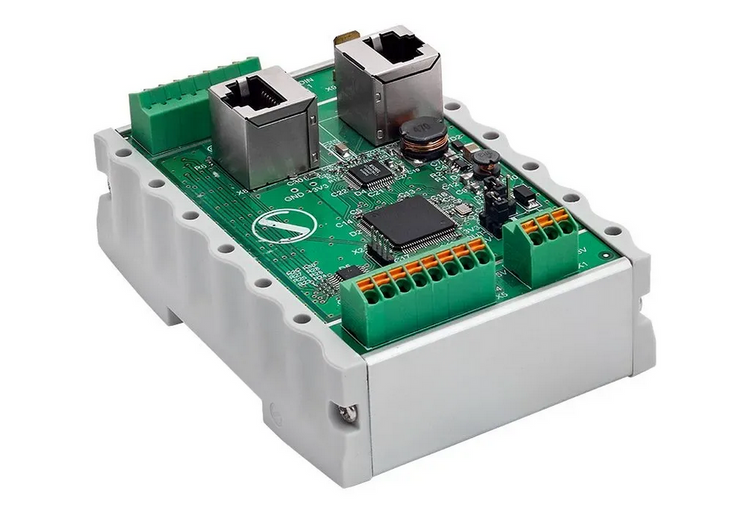
Brightness (intensity) controls hierarchy: the eye is drawn to the brightest area first. But perceived brightness is subjective – it depends on contrast, colour, material, and the audience’s visual adaptation. A single candle on a dark stage can read as intensely bright; a kilowatt wash in a bright stage may feel weak by comparison.
Manage adaptation: sudden large jumps tire the eye; gradual ramps preserve perceived intensity. Use contrast deliberately: darken the background when you want a figure to pop, and reduce background brightness if instruments are limited. Respect the inverse-square law (distance reduces illuminance by the square) – seating farther back demands stronger stage levels.
Beware visual fatigue: avoid prolonged extreme brightness or very low sustained levels without proper transitions. In design, plan fades and ramps that consider audience physiology: adaptation and recovery are part of your dynamic score. Brightness is not decoration – it’s direction.
Editor: Alex Deno, Founder Sundrax. See Sundrax technical notes for dimmer strategies.
